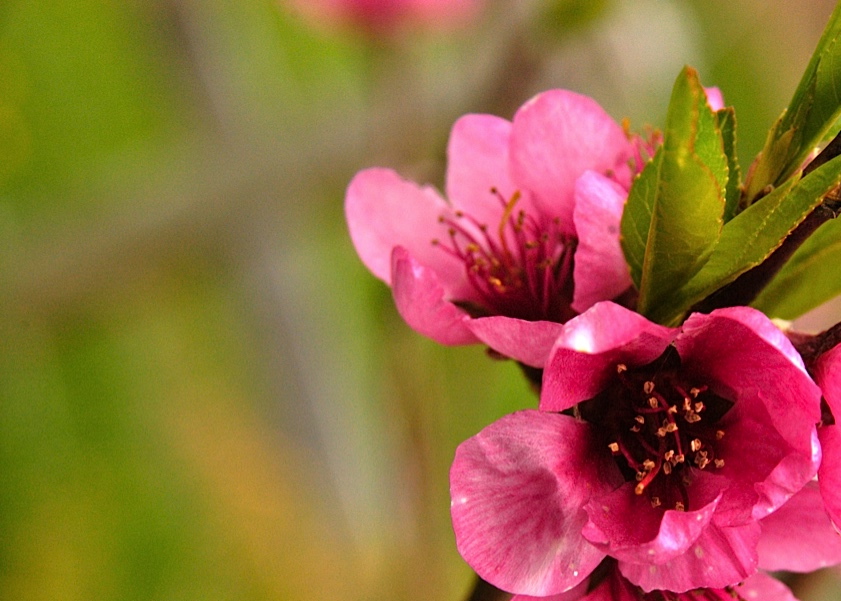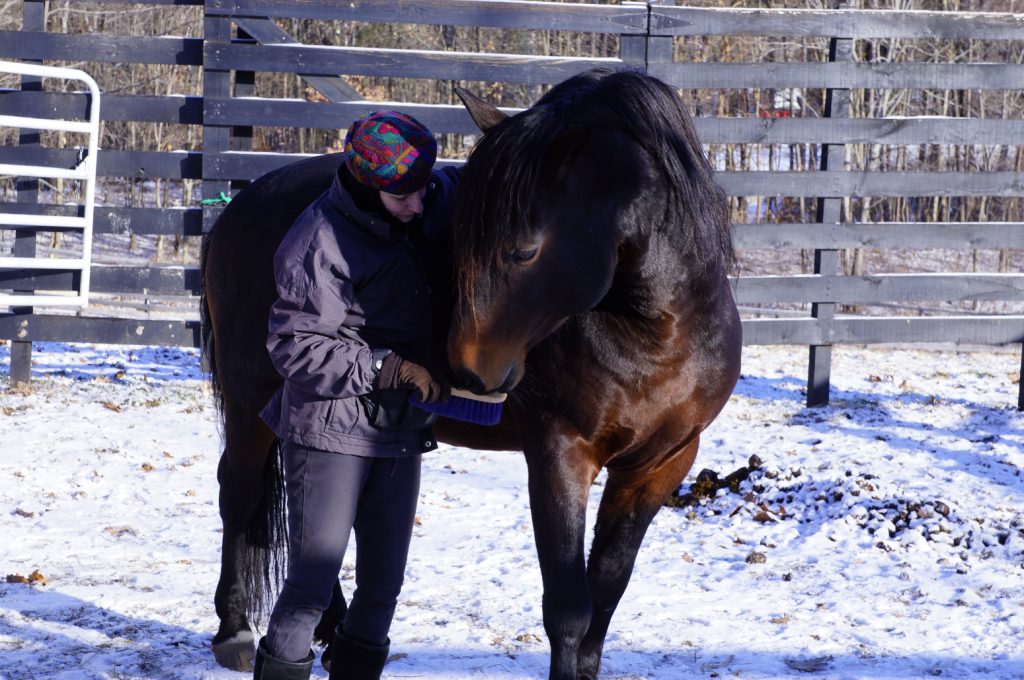I want to offer a bit more information about my eBook.
I developed Breaking into Blossom: Moving into an Improvisational Life as an online class because I wanted to offer some fresh ideas on how to close that gap from my perspective as an improvisational movement artist. It is designed to inspire you to become more daring, more visionary, more playful and improvisational in all aspects of your life.
I am now offering the materials that I developed for that class in an eBook that contains ten carefully designed chapters integrating photographs, writing and movement prompts, guest artists and specific strategies to help you find a deeper creative engagement. Here is what you will find:
- Change: Developing a vocabulary for making change from subtle to dramatic.
- Underscore: How to develop an intentional underscore for your day or for a project.
- Segments: How subtle shifts in activity and attention throughout the day can create greater focus and engagement.
- Play: From meandering to galumphing, how to foster a playful attitude and practice, including specific strategies for play-making.
- Practice: Discovering your meta-practice and how it can support your work and goals.
- Moving and Listening: Delicious strategies for engaging the senses and the body.
- Movement and Stillness: The power of attention and recuperation. How to develop a movement/stillness score in your work and play.
- Letting Go: Learning how to drop it (even if you are going to pick it up again).
- Flow: Observing and harnessing the interplay of improvisation and flow. How to cultivate a consummate creative state.
The book is available at the end of this month. You will receive the book as a pdf.
The cost is $15. You can pre-order it here.
For those of you who are interested, I am also offering one-to-one creative jump-start sessions. To learn more, form.

